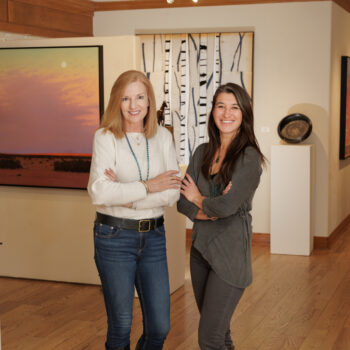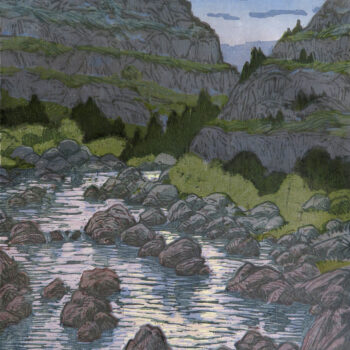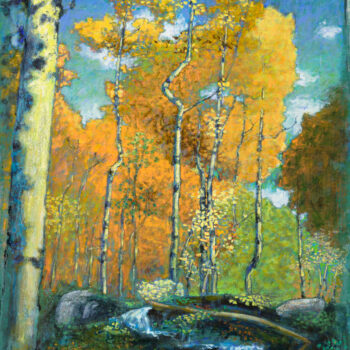
Dec 09, 2025
Ann Korologos Gallery announces the third-generation of women take the helm
Basalt, Colorado — Ann Korologos Gallery is proud to announce the appointment of Sue Edmonds and Claire de L’Arbre as co-owners as of Dec. 1, 2025, marking a new chapter for the renowned gallery as it enters its thirty-third year. Edmonds, who has served as Gallery Director since 2019, and de L’Arbre, Marketing Director since 2017, have long worked […]



